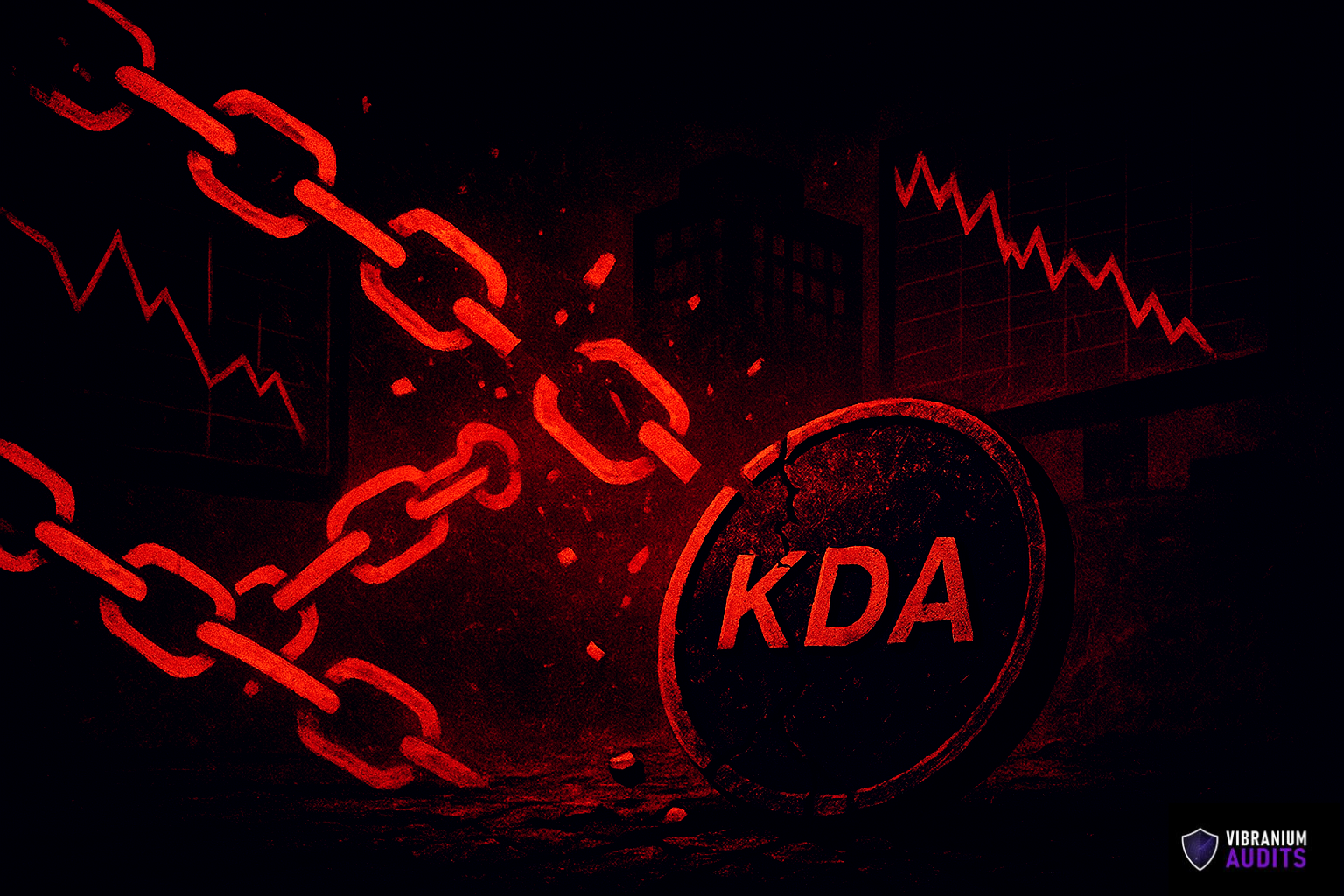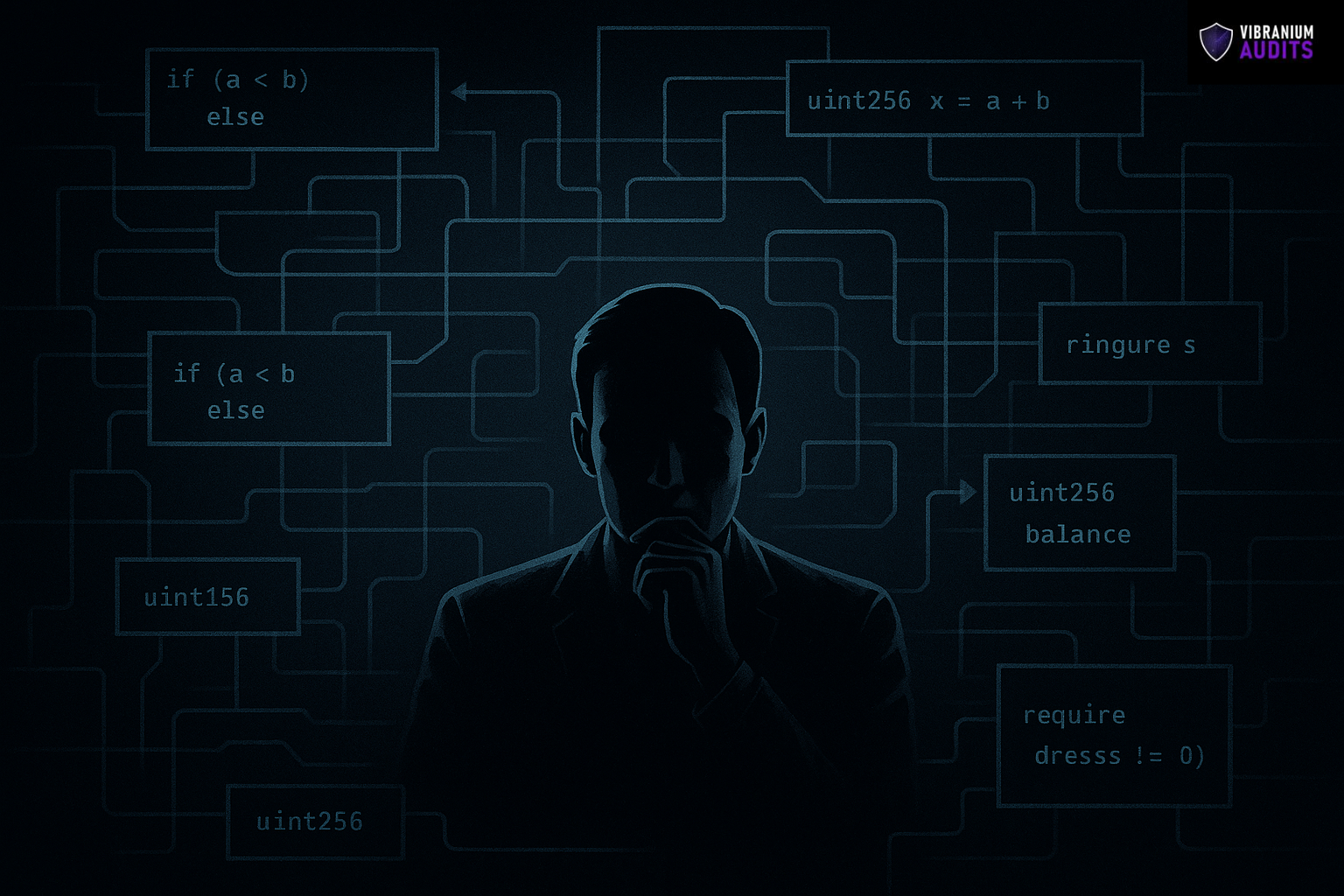What are Proof of Reserves audits, and how do they benefit cryptocurrencyusers?
Cryptocurrency exchanges play a crucial role in the adoption and use of digital assets. However, as the number of exchanges has grown, so have the risks associated with trusting them. One of the main concerns is whether exchanges hold enough reserves to cover the balances of their users. In this article, we explore what Proof of Reserves (PoR) audits are and how they can increase the transparency, security, and trustworthiness of cryptocurrency exchanges.
The problem of trust in cryptocurrency exchanges
Cryptocurrency exchanges are online platforms that allow users to buy, sell, and trade digital assets. They typically hold custody of the assets and manage the order book, matching buyers and sellers based on their preferences. While exchanges can provide convenient and fast access to a wide range of assets and trading pairs, they also pose some risks that users should be aware of. One of these risks is the potential for the exchange to mismanage or steal the assets that it holds. This can happen due to various reasons, such as technical glitches, internal fraud, external hacks, or regulatory crackdowns.
The risk of losing one's cryptocurrency holdings on an exchange is not negligible. According to a recent report by Cipher Trace, a blockchain analytics company, the total amount of cryptocurrency stolen or scammed in the first seven months of 2021 was about $681 million, down from $1.9 billion in the same period in 2020. However, this does not include the losses incurred by users of exchanges that shut down or exit-scammed, which can be much higher. For example, the collapse of the Mt. Gox exchange in 2014 resulted in the loss of about 850,000 bitcoins, worth over $30 billion at current prices.
The need for Proof of Reserves audits
Proofof Reserves audits are a way for cryptocurrency exchanges to demonstrate thatthey hold enough reserves to cover the balances of their users. A PoR audit isan independent and verifiable assessment of the exchange's cryptocurrency andfiat holdings performed by a trusted third-party auditor. The audit typically involves several steps, such as:
· The exchange provides a snapshot of its cryptocurrency and fiat balances at a specific point in time, which is signed by the exchange's private key and published on a public blockchain.
· The auditor verifies the authenticity and completeness of the snapshot by checking the exchange's transaction history, blockchain data, and other relevant sources of information.
· The auditor reconciles the exchange's balances with its liabilities, such as user deposits, withdrawals, and trading activity, to ensure that the exchange holds enough reserves to cover them.
· The auditor prepares a report that summarizes the audit findings and provides recommendations for improvements, if any.
By undergoing a PoR audit, an exchange can gain several benefits:
· Increasedtransparency: By disclosing its cryptocurrency and fiat holdings and provingthat they match the user balances, an exchange can increase the trust andconfidence of its users and stakeholders.
· Reducedcounterparty risk: By verifying that an exchange holds enough reserves, userscan reduce the risk of losing their assets due to exchange insolvency,bankruptcy, or theft.
· Competitiveadvantage: By being one of the few exchanges that undergo PoR audits, anexchange can differentiate itself from the competition and attract more usersand volume.
· Compliance with regulations:In some jurisdictions, PoR audits may be required by law or by regulatorybodies as a way to ensure that exchanges comply with anti-money laundering(AML) and know-your-customer (KYC) regulations.
Examples of Proof of Reserves audits in practice
Several cryptocurrency exchanges have already undergone PoR audits,either voluntarily or as a regulatory requirement. Here are some examples:
· Coinbase: One of the largest cryptocurrency exchanges in the world, Coinbase underwent a PoR audit in 2018, conducted by the accounting firm EY (formerly known as Ernst& Young). The audit covered Coinbase's Bitcoin, Bitcoin Cash, Ethereum, and Litecoin balances as of December 31, 2017, and confirmed that the exchange held enough reserves to cover its customers' balances.
· BitGo: A digital asset custodian and security company, BitGo offers a PoR service called "Verified by BitGo." The service enables exchanges and other custodians to prove their solvency and liquidity by providing auditable, real-time access to their digital asset reserves.
· Kraken: A popular cryptocurrency exchange based in the United States, Kraken has undergone several PoR audits over the years, including one in 2014 by the accounting firm Vogogo, and another in 2019 by the accounting firm Grant Thornton LLP. The audits confirmed that Kraken held enough reserves to cover its customers' balances, and provided recommendations for improving its internal controls and risk management practices.
· Uniswap: Adecentralized exchange (DEX) that operates on the Ethereum blockchain, Uniswapunderwent a PoR audit in 2020, conducted by the blockchain analytics firmOpenZeppelin. The audit covered Uniswap's smart contract code and liquidityreserves, and confirmed that the exchange was operating as intended and holdingenough reserves to cover its users' trades.
Conclusion
Proof of Reserves audits can help increase the transparency, security, andtrustworthiness of cryptocurrency exchanges, by providing verifiable evidenceof their solvency and liquidity. While PoR audits are not a panacea for all therisks associated with using exchanges, they can help mitigate some of the mostcommon and severe risks, such as exchange insolvency, bankruptcy, or theft. Byundergoing PoR audits, exchanges can also demonstrate their commitment to bestpractices, compliance with regulations, and customer satisfaction. As thecryptocurrency market continues to evolve and mature, PoR audits are likely tobecome a standard feature of the industry, and a valuable tool for users to assessthe reliability of exchanges.










